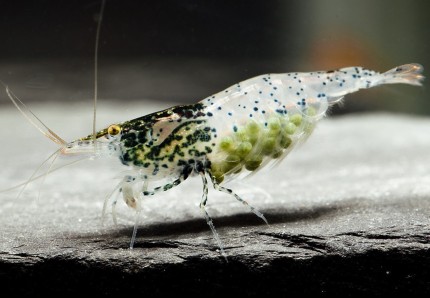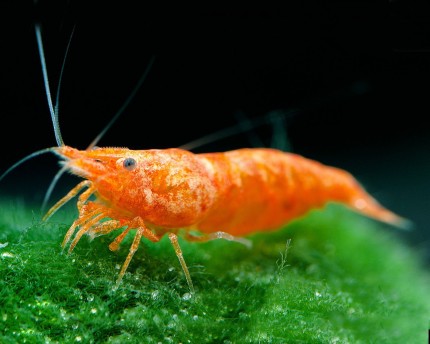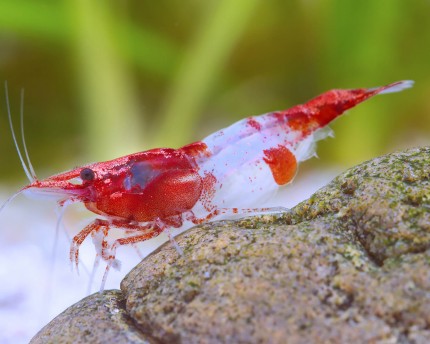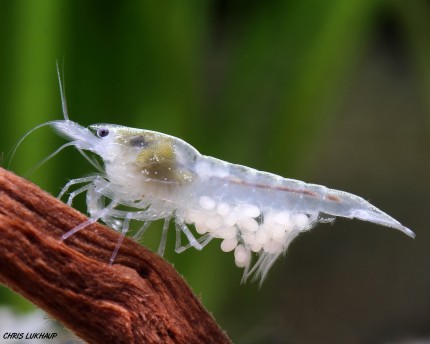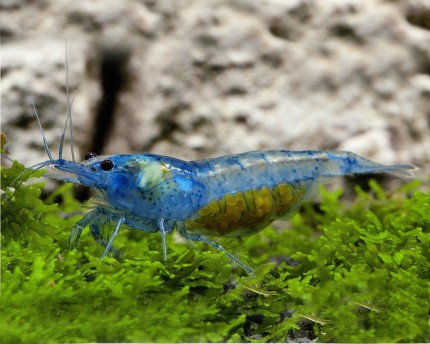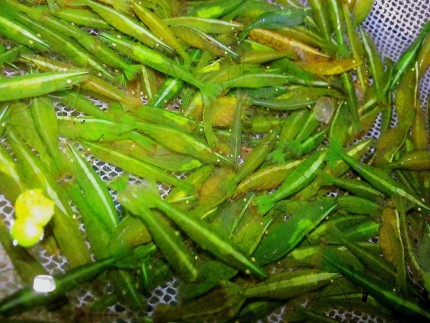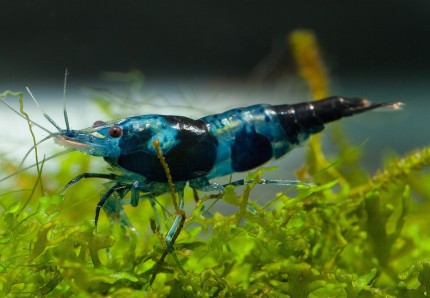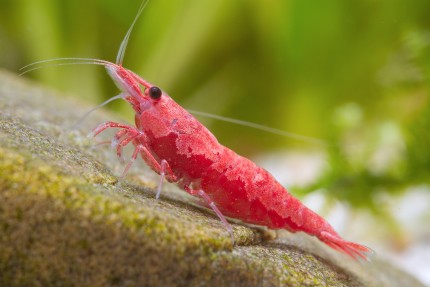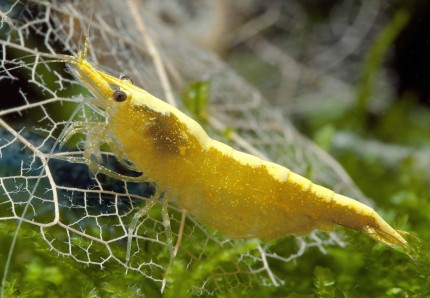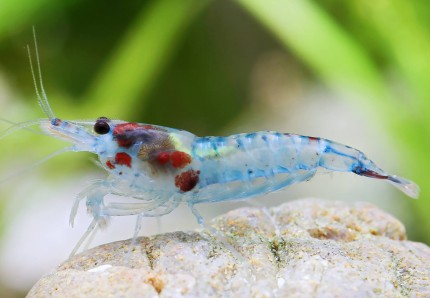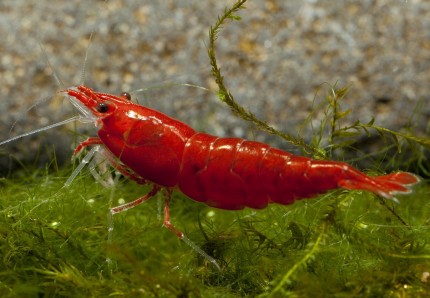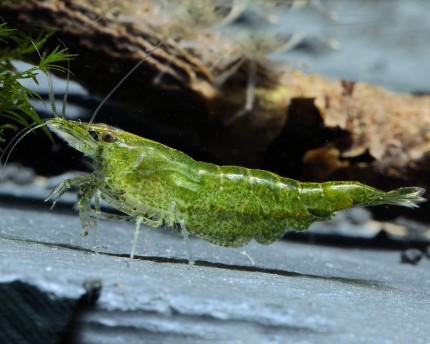Egg bearing dwarf shr imp females often belong to the genus Neocaridina, often Neocaridina davidi or Neocaridina palmata, i.e. Red Fire, Yellow Fire, Orange Fire, Blue Dream, Blue Velvet, Green Jade, Carbon Rili, Red Rili, Orange Rili, Yellow Rili, Red Sakura, Bloody Mary, Black Sakura, Orange Sakura, Blue Jelly, White Pearl and like they are all called.
But also pregnant females of other dwarf shrimp species like Bumble Bee Shrimp (Caridina or Paracaridina sp.), pregnant Blue Bee females (Paracaridina sp.) and pregnant Caridina babaulti (Rainbow Shrimp and Poison Green Shrimp) are a good way to get a lot of freshwater shrimp at a reasonable price within a relatively short time and increase the shrimp population in the aquarium
When the young shr imp hatch in the aquarium, they do not have to get used to different water values, they can start right away. Often these animals are then much better adapted to the conditions in the aquarium and have much less difficulty than older shrimp that need to be moved.
Since the dwarf shrimp females have been mated by males that are most likely not in the group of shrimp you have purchased, you will bring a significant genetic diversity into your starting stock and in this way you can broaden your shrimp breeding right from the start - effectively preventing genetic impoverishment and inbreeding. Also, shrimp always feel safer in a group and need the company of conspecifics. With egg-bearing dwarf shrimp females the group will be significantly enlarged after a few weeks - another advantage! So you will soon have a nice breeding group for shrimp breeding.
Freshwater shrimp belonging to the specialized reproductive type carry about 15 to 45 / 50 eggs under the abdomen, which are attached to the swimming legs, depending on the size of the female shrimp and the genus and species. After a gestation period of four to six weeks, the females release their young from the eggs. The juvenile shrimp are immediately viable on their own and can start immediately in the aquarium. The adult and subadult shrimp usually do not go after the offspring. Since baby shrimp shed their skin daily in the beginning, they need a lot of energy. They get this from a special food for young shr imp such as NatureHolic Babyfeed. Also important are many hiding places in the form of foliage leaves and fine-feathered plants and mosses and some detritus on the substrate. Many baby shrimp are sessile and do not move far from where they hatched. With a special rearing food or dust food suitable for baby shrimp, all animals get something where they sit.
If baby shrimps are in the aquarium, you should be especially careful when changing the water so that no young animals are sucked off. A piece of filter sponge over the suction hose does a good job here.

